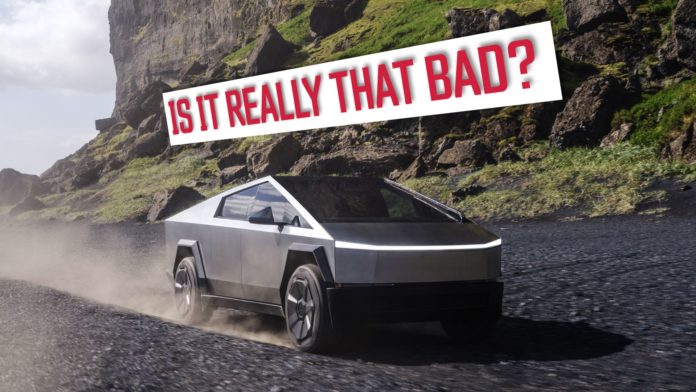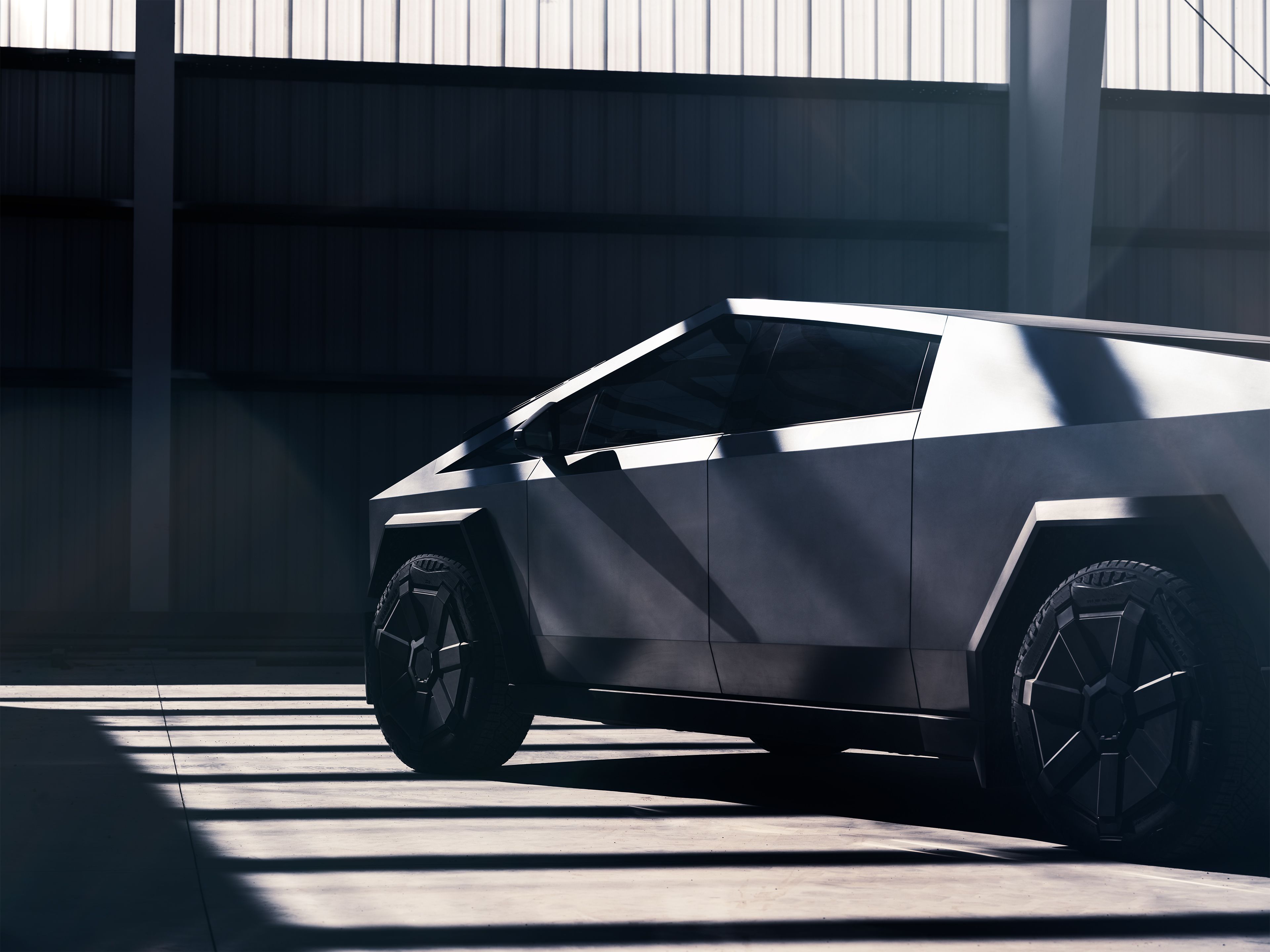The Cybertruck, Tesla’s very first venture into the world of pickups, has had a difficult start in life since its first launch event back in 2019 when its “break-proof” windows failed to stop a metal ball being thrown at them; there have been plenty of reports about its design flaws and mechanical failures. While some complaints have turned out to be rooted in genuine issues, others have turned out not to be as serious as originally thought. Let’s go through some of the Cybertruck’s most well-known problems, from rust to water damage, and establish whether they really are worth worrying about:
Accelerator Pedal Problems: Yes
One of the major issues that affected the Cybertruck was the malfunctioning accelerator pedal, which can become stuck, leading to a dangerous, out-of-control vehicle. The problem started before the first trucks were even delivered to their new homes. Some prospective Cybertruck owners received a notification from Tesla, sometimes the day before their expected delivery, informing them of a delay in the arrival of their truck.
The reason for the deliveries being stopped for a week eventually emerged. During the assembly of the Cybertruck, a soapy lubricant was used to fit the accelerator pedal cover onto the pedal, which made it prone to dislodging.
This could result in two equally dangerous possibilities: the accelerator pedal becoming jammed in an “on” position or the loose pedal cover becoming stuck under the brake pedal, making it impossible to slow down. While, at first, Tesla service centers solved the problem with a temporary fix (drilling through the pedal cover and the pedal, joining them with a rivet), eventually, Tesla was forced to enact a voluntary NHTSA recall, which affected 3,878 Cybertrucks. Recalled vehicles will receive a more permanent fix which involves the replacement of the whole pedal assembly according to specification, with no rogue lubricant involved.
Wiper Motor Safety Issue: Yes
The most recent bump in the road for the Cybertruck came about thanks to an issue with its wiper motor. Around a week ago, several members of the Cybertruck Owners Club forum reported their deliveries had been delayed by at least a week due to a safety issue involving the windshield wiper motor. Other users who had already received their trucks reported having issues with their windshield wipers not working, resulting in them becoming stranded in poor weather conditions as they could not see outside the vehicle while driving. Tesla first became aware of the issue in Feburary, and after testing was conducted, it was discovered that during the truck’s manufacturing process a functional test was applying excessive current to the wiper motor’s circuit board, damaging it in the process. As the issue cannot be solved through over-the-air updates, over 11,000 affected Cybertrucks were recalled earlier this month.
Rust And Corrosion: No (Not Actually Rusting)
What started out as a major complaint about the Cybertruck turned out to be a false alarm. Before its debut, one of the Cybertruck’s much-hyped selling points was its inability to rust, thanks to its stainless-steel body. However, after the first trucks started being delivered to their new owners at the end of 2023, several social media posts began to float around the internet, showing orange-brown spots of what appeared to be rust on the surface of brand-new Cybertrucks. However, Tesla caught wind of what was happening and stepped in to clarify the situation: the “rust” appearing on the Cybertruck wasn’t actually rust at all.
2:24
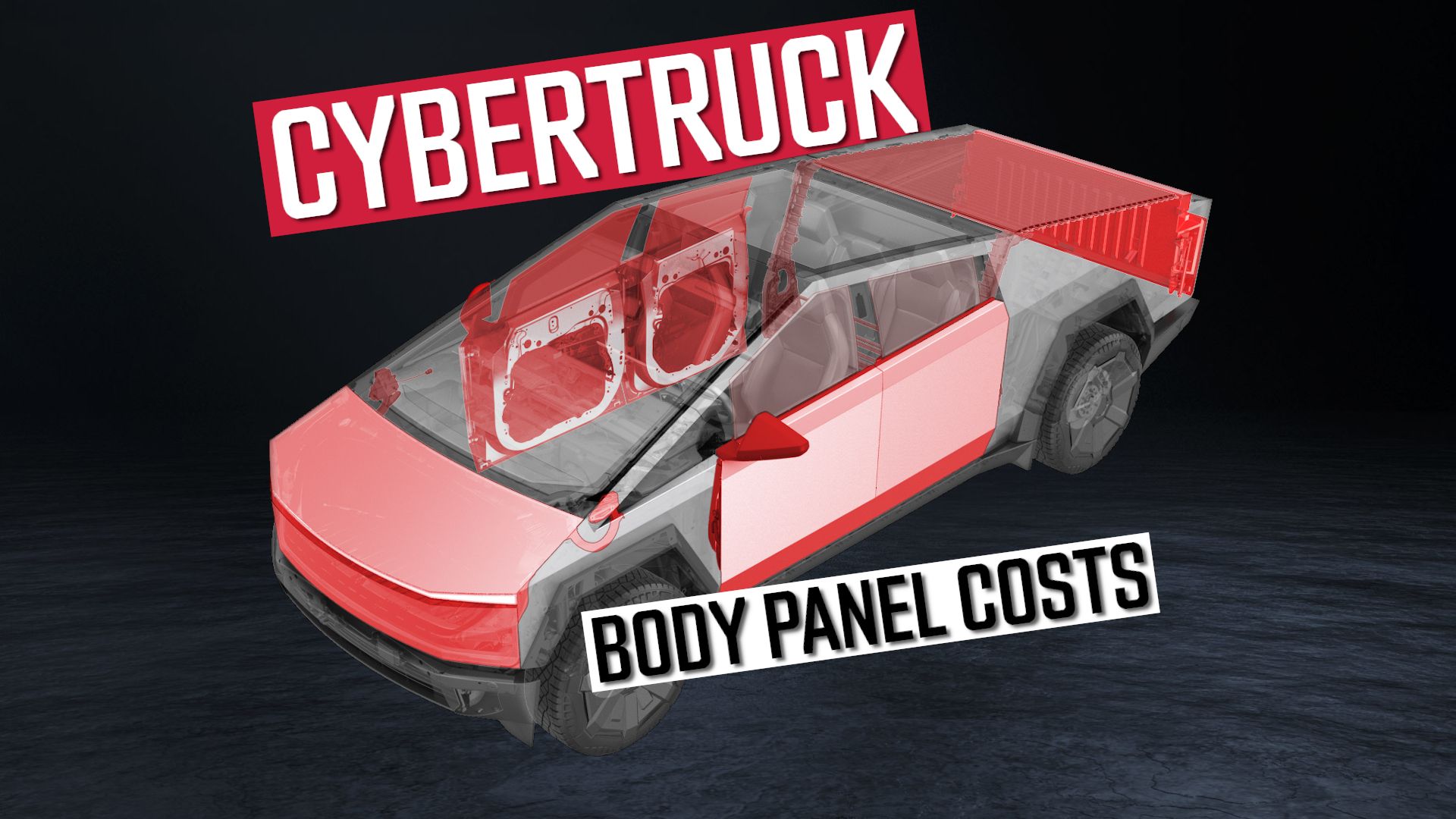
Related
Here’s What It Costs To Replace The Tesla Cybertruck’s Stainless Steel Body Panels
As an early adopter, you must accept a certain level of risk to drive the shiniest new truck on the block.
Tesla engineer Wes Morrill, who worked on the development of the Cybertruck, posted on X that the spots were actually “surface contamination”. In other words, they are rust spots. However, it’s not the Cybertruck itself that’s rusting, but superficial deposits of free iron that settle on the vehicle’s surface and can easily be wiped away. His post specified that “[the Cybertruck’s] stainless steel is reactive and free iron that sits on it will rust”. He also stated the stainless steel used on the Cybertruck has a higher level of resistance to rusting than marine-grade stainless steel, a claim that appears to be backed up by Elon Musk himself. So if you are a Cybertruck owner, rust shouldn’t be especially high on your list of concerns, as long as you keep the truck clean and watch out for iron deposits (there’s even a dedicated section in the “Cybertruck DIY” guide that explains how to remove them).
Car Wash Electrical Issues: Yes
The Tesla Cybertruck is the latest vehicle in the brand’s lineup to come with a dedicated “Car Wash Mode”, which closes all the windows, shuts down “Sentry Mode” (a 360-degree camera monitoring function) and disables the windshield wipers. The purpose of Car Wash Mode is to protect the vehicle and prevent damage to its electrical components when going through an automatic car wash. However, the presence of the Car Wash Mode seems to be at odds with the guidance published by Tesla in the Cybertruck’s user manual; a highlighted note advises users not to take their truck through an automated car wash at all. The manual even specifies that car wash-related damage isn’t covered by the Cybertruck’s warranty.
2:37
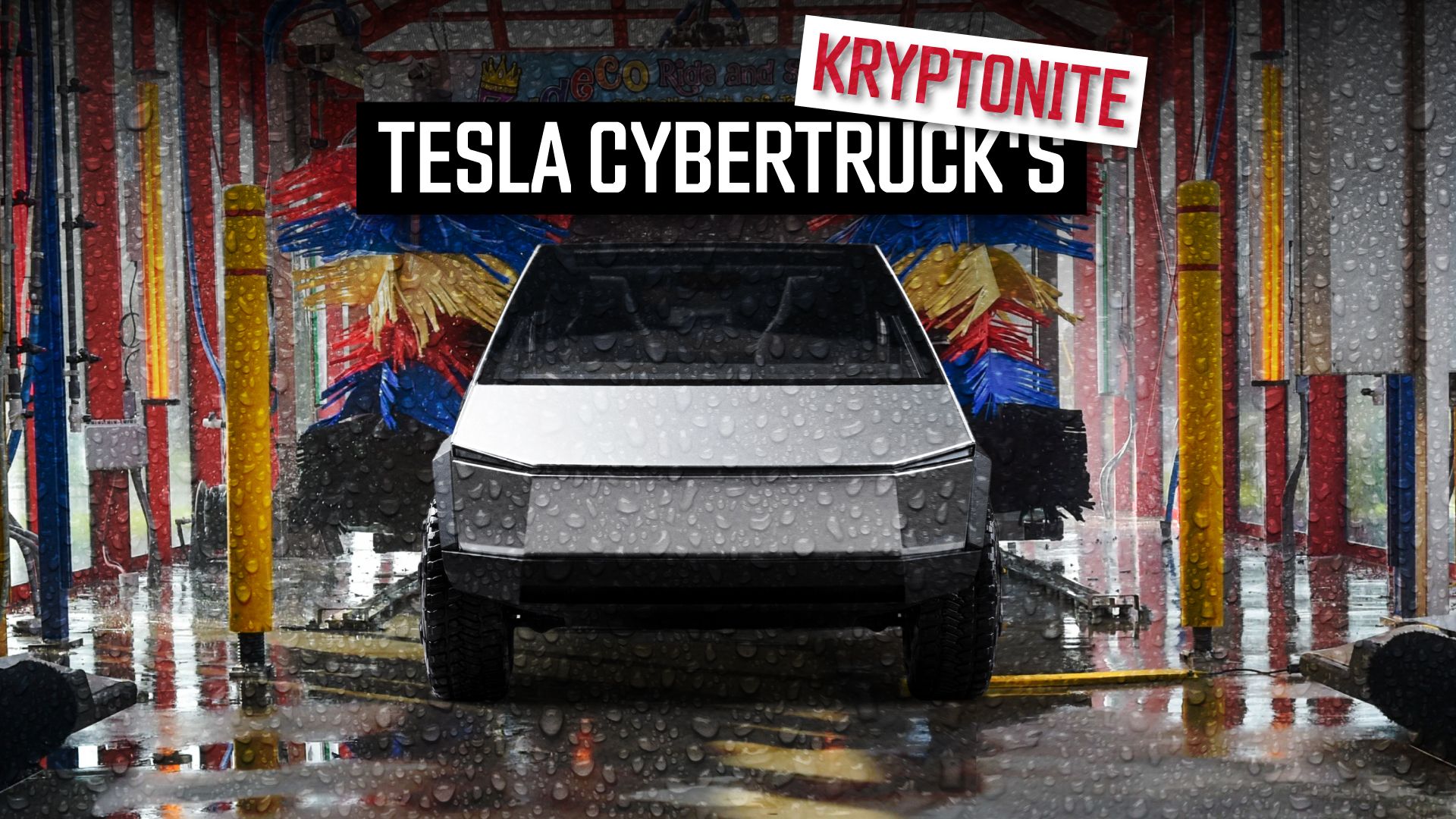
Related
Tesla Cybertruck Might Be Bulletproof, But A Simple Car Wash Could Be Its Kryptonite
A recent Tesla customer’s issue with bringing their Cybertruck through a car wash has raised concerns about the vehicle’s Car Wash Mode feature.
The guidance seems to be there for a reason: according to several Cybertruck owners’ social media posts, including one post by TikTok user @captian.ad that gained popularity a few months back, the vehicle can be affected by going through a car wash to the point of becoming completely unresponsive. While the Car Wash Mode does somewhat help prevent water from getting into the truck’s major electrical components, it does not stop the vehicle from being at risk of becoming bricked until a complete reset is performed.
Getting Stuck In Sand: No (Driver Error)
The Cybertruck’s character as a vehicle has been described as “apocalypse-proof” by Elon Musk himself, and the vision driving its development was that of a Mad Max-esque impenetrable fortress capable of resisting attacks and the elements alike. When the first set of Cybertrucks was delivered to their owners, everyone was eager to test out its capabilities off the beaten track, from mud to snow to sand. The latter proved to be a bigger obstacle for the Cybertruck than originally thought: soon, several reports of Cybertrucks becoming stuck in the sand and having to be towed back to safety started to emerge on social media. One memorable example is this Cybertruck which made the local news on the island of Nantucket after becoming stuck on the beach.
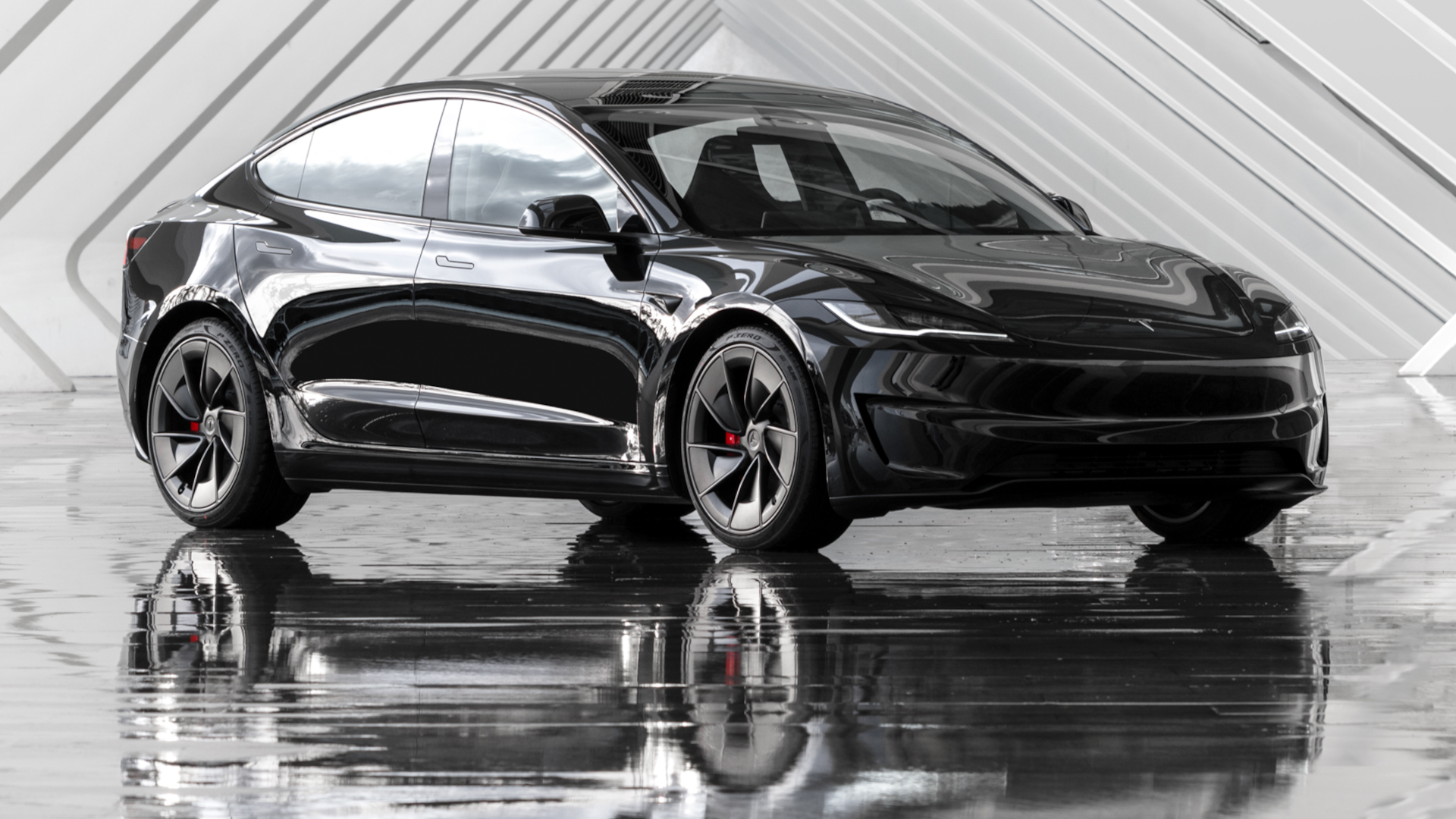
Related
7 Reasons Behind Tesla’s Insane Customer Retention Rate
Nearly 9 in 10 Tesla owners stay loyal to the brand. So what is Tesla’s secret that keeps them coming back?
However, this issue is likely unrelated to a manufacturing defect or design flaw, with user error more likely to be responsible. The Cybertruck’s user manual specifies that drivers should lower tire pressure before attempting off-road driving on soft surfaces, including sand and gravel, from the standard 50 psi to 18-22 psi. Many first-time off-roaders were not aware this was a necessary step and simply took their Cybertrucks out for an adventure without adequate preparation. The Cybertruck also received an over-the-air update, which makes it way more handy off-road.
Conclusion: You Win Some, You Lose Some
Equally hyped and maligned, the Cybertruck has attracted attention from both fans and haters since its launch. While some of the mechanical and design flaws that became the subject of social media debate proved to be genuine issues, others turned out to be the result of speculation rather than actual problems. The Cybertruck may be going through some teething troubles, but some of the reports that have been circulating on social media have been blown slightly out of proportion.

